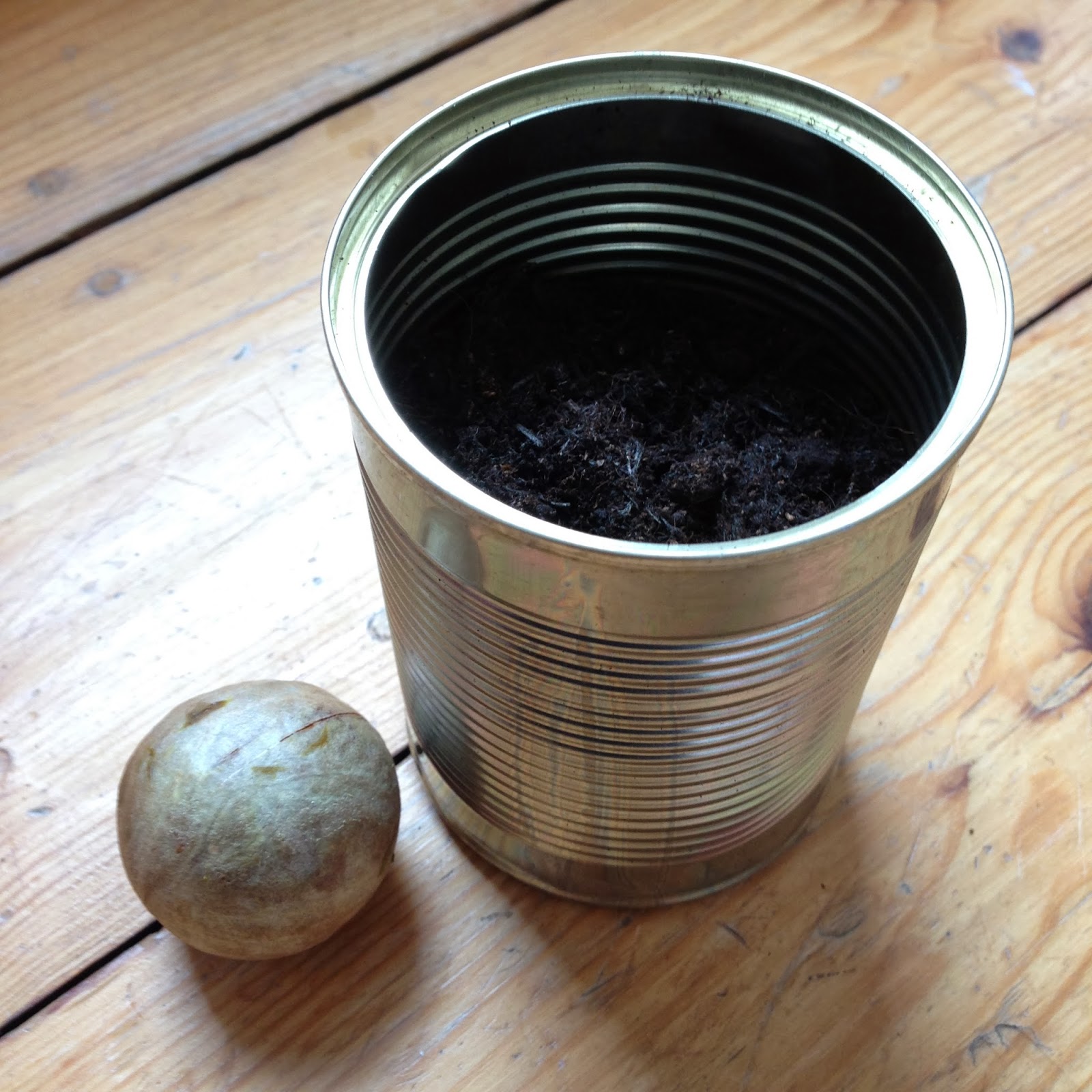Another lovely plant to able to grow from seed is mango, a fruit which I love to eat and buy often. Its seed is not as easy to extract the avocado but despite that, I think it's worth the extra work and at the moment is my favourite house plant. Here are the steps I take.
1. Eat all the flesh of the mango and keep the seed, or so I thought it was until recently, I found out it was the husk.
2. With a sharp thin knife, wedge it in the side, usually nearer the top stem is softer and easier to get into and pry the husk open. Inside you will find the seed! (Please take extra care with this step. Take your time and hold the knife away from you.)
3. Take the seed out, fill a pot (or my usual container of choice, a used tin) with compost, pop the seed in and cover over with more compost. Water regularly and place in a warm spot.
4. In a month or so you should see a shoot with a few small leaves popping out of the soil.
And there is the start of a beautiful and free houseplant!
These are three mango plants I planted last year. They look very different even though they are about the same age but all look very healthy with thick glossy leaves, and new leaves have a lovely red tinge to them. They also have the fragrant smell of mango when rubbed!

















.JPG)

